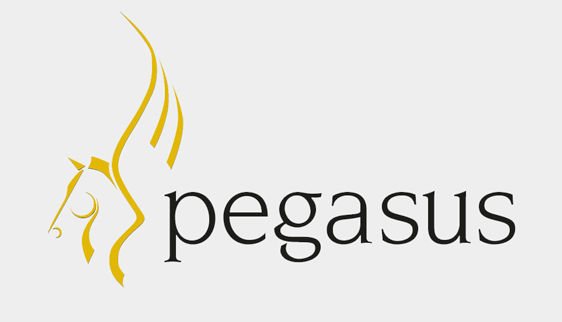Password reset email sent. Please check your email inbox or spam folders. If you have not received an email, please get in contact with us.
Password reset success. Click here to Login.

The times are changing and faster than you think, this blog examines the key drawbacks businesses face when failing to harness the power of Cloud Computing.
In 2005 Alan Sugar believed the iPod would not last, ” Next Christmas, the iPod will be dead, finished, gone, Kaput ” - Alan Sugar 2005
It’s amazing how even the best of us can get things wrong in a big way when predicting the future, at times discussions around the cloud and the deployment of software have had a similar tone. It seems like every year is the year of the cloud and we think most people have now got the message that cloud hosting is here to stay, and will take off in business at some point. However just when will this mass adoption of saas (service as a software) take place is the question.
As the cost of cloud computing decreases, we are getting closer to the moment where cloud hosting will become the ‘norm’ in the UK, especially as it makes a positive impact on the bottom line when choosing an accounting and business system over a traditional on premise offering.
People often make the mistake when comparing ‘The Cloud’ against ‘On-Premise’ solutions, of not taking into account all of the indirect costs a company incurs over the life of an on-premise system. However the recognizable associated cost savings of a cloud solution means that attitudes to the cloud in business are changing rapidly whilst concerns about cloud hosting security have given way to “What are the risks associated with not moving in the near future?”.
So let’s have a look at what it means for business by staying still and not adopting a cloud solution. The 5 biggest Costs of Failing to Move your Business over to the Cloud:
1. Increasing and ongoing cost of hardware
Managing and maintaining your own network or data centre can be very costly on an annual basis especially for support and maintenance contracts, hardware and software upgrades, admin, people costs, plus much more. These all add to the ongoing annual cost of managing your in house system, by removing these costs and replacing them with a cloud system, savings can be diverted to other areas of the business and can be used more productively.
2. Lack of competitiveness
In today’s 24/7 world where we live in an “everything on” environment, the need to respond quickly to any situation is essential. New competitors can appear virtually overnight, changing the way you have to do business and taking market share very quickly. Many of these businesses now use cloud platforms for their business in order to rapidly build IT, expand and add scale to gain market share or even new markets before slower competitors can react. The cloud’s ability to support these businesses growth plans is something that is becoming harder to ignore.
3. Preventing business growth
Businesses today are fast moving and acquisitive i.e. eager to buy up other companies, so the ability to manage mergers and acquisitions effectively is a challenge. Hardware, software and infrastructure can hinder this drive whereas the cloud offers a far superior, efficient and economical solution to smooth the transition.
4. Lack of disaster recovery planning
Its not a nice area to think about for a business but an on-premise system is potentially one fire or flood away from a disastrous position. Of course backups do help but they are only one part of the equation and a hosted cloud solution offers more business continuity. They offer recovery and fail-over capabilities that most companies cannot match independently and normally have restore services at another location to ensure that continuity. There are not many businesses that can afford to manage and maintain an IT system with that level of redundancy.
5. Mobile workforce
By moving to the cloud you are removing any barriers that the workforce may have gaining access to the system. Any employee with an Internet connection can access applications anytime, anywhere using mobile devices like tablets as well as conventional laptops. This adds to a company’s productivity and competitiveness by delivering a higher level of customer satisfaction than traditional on premise systems.
We have examined many of the issues and risk associated with not adopting the cloud or delaying the move, so lets now look at the associated costs as these are where the arguments for moving quickly take shape.
Replacing an on-premise solution with the cloud removes a host of associated direct and indirect costs with a simple, single monthly subscription fee. When comparing ongoing on-premise against cloud, they can look comparable at first but the real savings are from looking at your indirect costs as well which include:
To discover more visit Pegasus Cloud and gain more insight.
Posted On: July 15, 2015